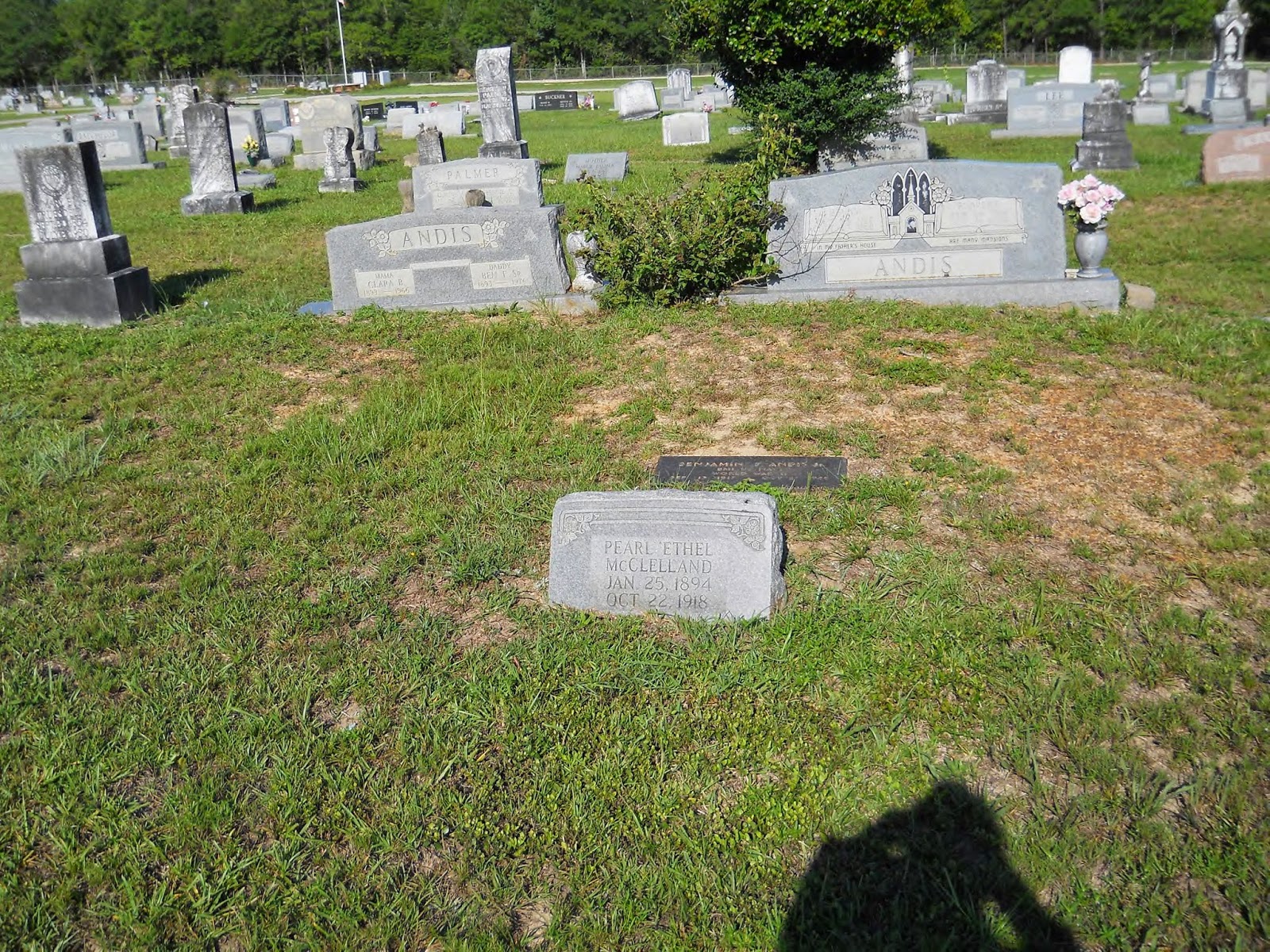 |
| Dormel's Brother, Bud; Grandpa Ed Grier; Dormel |
Dormel was born in 1921, in Victorville, California, I think, but she grew up in Pomona, where she moved after Dot split up with Melvin and married Cliff Lindesmith. I know little about Melvin, other than my mother's theory that Dot and Mel might have made a go of it if Dot's parents, Alma and Ed, hadn't meddled. (Mom had many opinions on a wide variety of family matters.) Cliff was a wonderful guy, though, who made Dot very happy and raised her children, Dormel and Bud, as his own.

Dormel was an active horsewoman, and I have a home movie from 1938 that captures Dormel dressed in full cowgirl regalia, performing at a horse show. As a little girl, I longed to be a cowgirl, and the video of Dormel and her horse is like my little-girl-self's dream come true—the hat, the skirt and vest with the fringe, the beautiful white horse and the young girl performing as one, while the crowd goes wild. Oh yeah!
My mother held on to many of Dot's family pictures after Dot died in 1989, as did my Uncle Bud Crozier (not to be confused with Dormel's brother Bud). I was lucky enough to end up with a treasure trove of these photos, some newspaper articles, and even a delightful home movie from 1938.
I've been having a wonderful time going through them, getting to know this part of my family better. The first time I saw the picture on the left, I was totally puzzled by the peppers, but after a bit of research, I can now guess that this was taken when Dormel competed for the title of California's Most Outstanding Outdoor Girl at the Salinas Rodeo (she was a runner-up).
 |
| Dormel Around Age 18 |
 |
| Ginnifer Goodwin |
 |
| Article from the Pomona Progress-Bulletin, October 1, 1941 |
I never got to meet Dormel because she died tragically at the age of 20, following an operation of some sort (I have yet to find out the details; my mom was rather vague on the subject). That must have devastated her family!
I remember visiting Dot and Cliff as I was growing up and seeing the lovely pictures of Dormel and her brother, Bud, who also died young when he was shot down over the Pacific in WWII (that's another story to be explored later). Dot and Cliff were so much fun to be around, and I loved to spend time with them and their totally spoiled Boxer dogs. Still, there was a sadness attached to them because of the loss of their children at such young ages, both within a few years of each other. How lucky I am to be able to get to know Dormel and Bud so many years later, as I plow through my boxes of family memorabilia!





